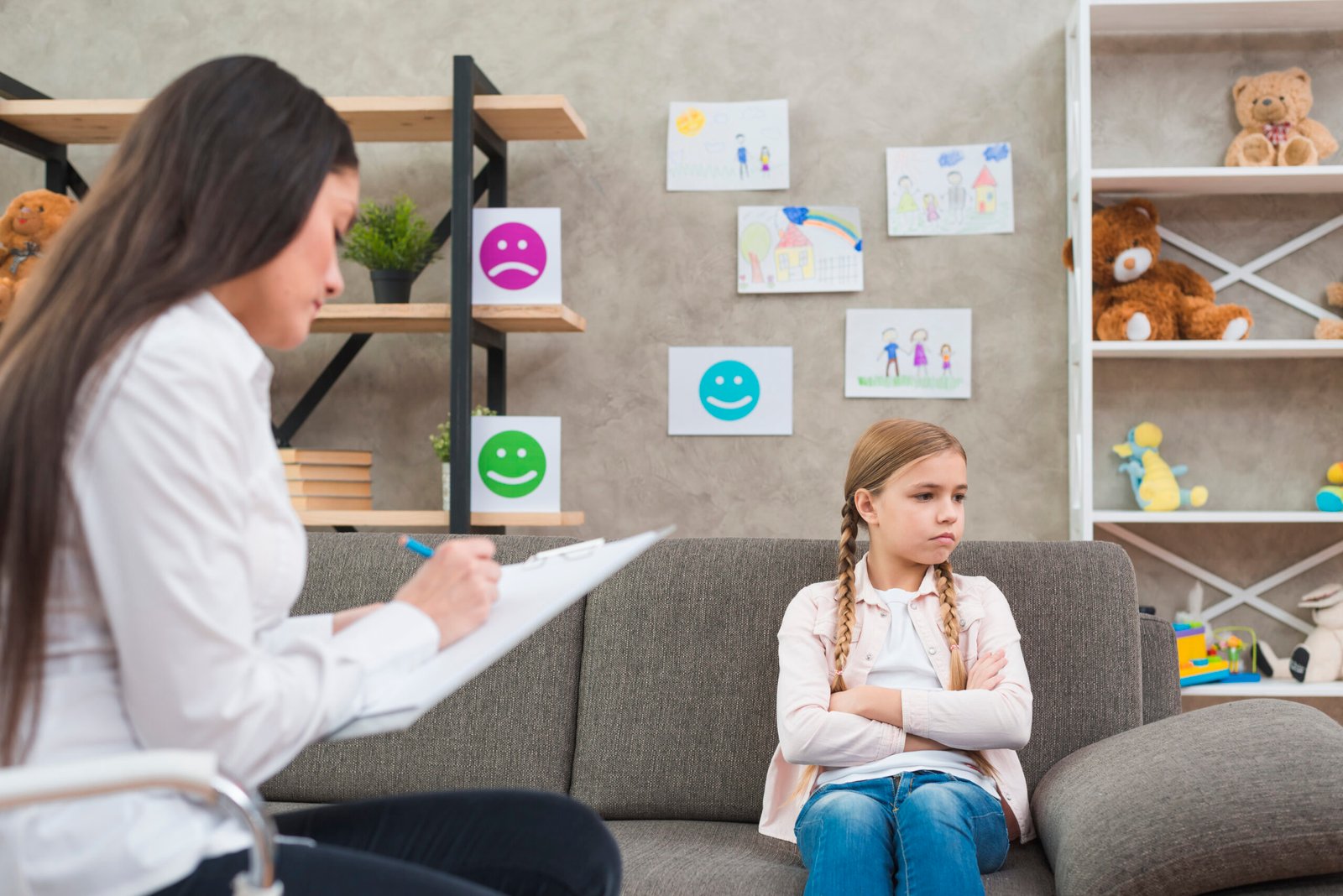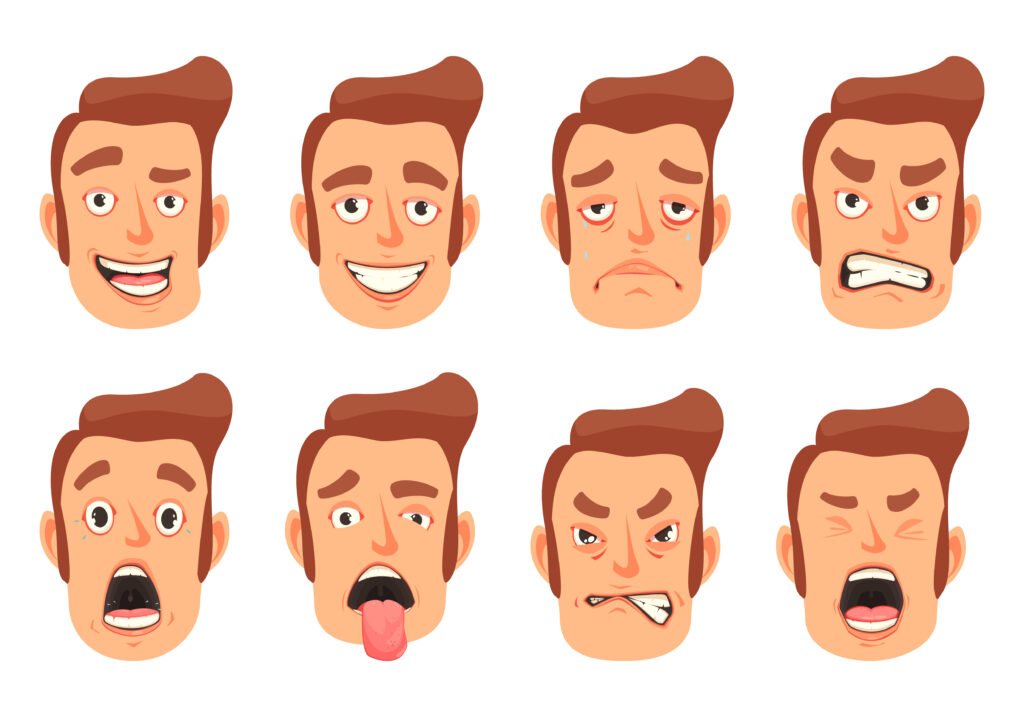Now Reading: Children’s Mental Health Awareness: 7 Reasons Why It Matters & How to Help
-
01
Children’s Mental Health Awareness: 7 Reasons Why It Matters & How to Help
Children’s Mental Health Awareness: 7 Reasons Why It Matters & How to Help

Children’s Mental Health Awareness: 7 Reasons Why It Matters & How to Help
In today’s fast-paced world, conversations around mental health are finally gaining the attention they deserve. But while adult mental health is increasingly being discussed, the mental health of children often doesn’t receive the same urgency. Every year, Children’s Mental Health Awareness initiatives remind us that a child’s emotional well-being is just as important as their physical health.
This awareness is not just about recognizing disorders—it’s about understanding children as whole beings, helping them cope with stress, and giving them the support they need to thrive in school, relationships, and life.
In this article, we’ll dive deep into:
Why Children’s Mental Health Awareness is crucial.
- Common challenges kids face today.
- Early warning signs parents and teachers should never ignore.
- Practical ways to support children’s mental health.
- Expert tips, real-life examples, and answers to the most frequently asked questions.
- Let’s begin with why this topic deserves our collective attention.
What Is Children’s Mental Health Awareness?
Children’s Mental Health Awareness is more than just a campaign—it’s a movement. The goal is to shine a light on the emotional and psychological needs of young people. Just as routine checkups ensure a child’s physical growth is on track, mental health check-ins ensure their emotional and cognitive growth is healthy, too.
The initiative encourages:
- Families to talk openly about feelings.
- Schools to provide safe environments and counseling resources.
- Communities to reduce stigma around children’s mental health.
- Policymakers to invest in better access to services.
Awareness also means early detection. Mental health struggles often show up in subtle ways: a quiet child withdrawing from friends, sudden changes in eating habits, or slipping grades. When recognized early, these issues can be treated effectively, helping children grow into resilient, confident adults.
Why Is Children’s Mental Health Important?
Think of childhood as the foundation of a building. If cracks form early, the entire structure can weaken over time. A child’s mental health affects every part of their development—academic, emotional, and social.
Here are 7 reasons why Children’s Mental Health Awareness is vital:
- Lifelong Impact – Mental health problems that begin in childhood can persist into adulthood if left unaddressed.
- Academic Success – Children with good mental health perform better in school, with higher concentration and problem-solving skills.
- Social Skills – Healthy children develop stronger friendships and positive peer interactions.
- Resilience – Kids learn to cope with stress, setbacks, and life challenges.
- Physical Health Connection – Stress, anxiety, and depression can lead to physical issues like headaches, stomachaches, and sleep problems.
- Reduced Risk of Harmful Behaviors – Children with mental health support are less likely to engage in risky behaviors.
- Better Family Dynamics – A child’s mental wellness influences the harmony and emotional health of the entire household.
Common Mental Health Conditions in Children
While every child is unique, certain conditions appear more frequently:
- Anxiety Disorders – Excessive fear, worry, or panic that interferes with daily life.
- Depression – Persistent sadness, withdrawal, or loss of interest in favorite activities.
- ADHD (Attention Deficit Hyperactivity Disorder) – Difficulty focusing, impulsivity, and restlessness.
- Autism Spectrum Disorder (ASD) – Challenges in communication and social interaction.
- Eating Disorders – Disordered eating patterns influenced by stress, body image, or peer pressure.
The key takeaway: These conditions are not “phases.” They require compassion, awareness, and sometimes professional help.
Challenges Affecting Children’s Mental Health
The modern world presents unique challenges that were not as prominent in earlier generations:
1. Bullying and Social Pressure
Both in-person and online bullying can severely affect a child’s self-esteem. Social media often amplifies this pressure by presenting unrealistic standards.
2. Family Dynamics
Divorce, financial stress, or constant conflict at home can create an environment of insecurity and fear for children.
3. Academic Stress
The pressure to perform well academically often leads to anxiety. Children may feel overwhelmed by homework, exams, or high parental expectations.
4. Trauma and Loss
Events such as the death of a loved one, abuse, or neglect can leave emotional scars that last well into adulthood.
5. Overexposure to Technology
Excessive screen time, exposure to violent content, or lack of outdoor play can negatively impact mental wellness.
Warning Signs of Poor Mental Health in Children
Parents, teachers, and caregivers should stay alert for:
- Sudden mood swings or irritability.
- Withdrawal from friends or family.
- Declining grades or loss of interest in school.
- Sleep problems (too much or too little).
- Changes in eating habits.
- Constant physical complaints like headaches or stomachaches.
- Expressions of hopelessness or self-harm thoughts.
- Recognizing these early can make all the difference.
How to Support Children’s Mental Health
Here are 7 practical strategies that parents, teachers, and communities can use:
- Create a Safe Space – Let children know it’s okay to express feelings without fear of punishment or judgment.
- Encourage Healthy Habits – Nutritious food, exercise, and sleep regulate both body and mind.
- Teach Emotional Intelligence – Help children label emotions, practice mindfulness, or use creative outlets like drawing.
- Limit Screen Time – Balance online activity with outdoor play, reading, or family bonding.
- Promote Social Connections – Encourage playdates, group activities, and team sports for healthy social skills.
- Be a Role Model – Demonstrate healthy coping strategies in your own life.
- Seek Professional Help – A therapist, counselor, or pediatrician can provide tailored support when necessary.
Real-Life Example: The Power of Early Intervention
Consider Maya, a 10-year-old who began withdrawing from her friends after being cyberbullied. At first, her parents thought she was “just shy.” But when her grades slipped and she started skipping meals, they sought counseling. With early therapy and family support, Maya regained confidence and learned coping strategies.
This example shows that awareness and timely action can transform a child’s life.
- Building a Supportive Community
- Children’s mental health isn’t only a parent’s responsibility—it’s a community effort. Schools, neighborhoods, and healthcare systems must collaborate to:
- Provide school counselors.
- Educate teachers to spot warning signs.
- Offer accessible and affordable mental health services.
- Normalize discussions around emotions and stress.
When communities unite, children grow up feeling valued, safe, and supported.
Frequently Asked Questions (FAQs)
1. What is the purpose of Children’s Mental Health Awareness?
It raises awareness about children’s emotional well-being, reduces stigma, and encourages early support.
2. How common are mental health problems in children?
According to global estimates, 1 in 5 children experience a mental health disorder before the age of 14.
3. What are the earliest signs of poor mental health in children?
Mood changes, withdrawal, frequent physical complaints, and declining school performance are key signs.
4. Can children outgrow mental health conditions?
Some challenges may improve with maturity, but most conditions require early intervention and support.
5. How can parents talk to kids about mental health?
Use age-appropriate language, listen actively, and validate their feelings without judgment.
6. Is screen time really harmful to children’s mental health?
Excessive screen time can contribute to anxiety, poor sleep, and isolation, but balanced, mindful use can be safe.
7. What role do schools play in children’s mental health?
Schools provide safe spaces, counseling, and peer support, making them crucial for early detection.
8. When should parents seek professional help?
If a child shows persistent sadness, withdrawal, or harmful behaviors, consulting a therapist is essential.
9. How can communities support children’s mental health?
Through awareness programs, school resources, support groups, and accessible healthcare services.
10. Can good physical health improve mental health?
Yes. Exercise, proper sleep, and nutrition directly influence mood, energy, and cognitive function.
Final Thoughts
Children’s Mental Health Awareness is not a once-a-year reminder—it’s a continuous responsibility. Every child deserves the chance to feel safe, loved, and supported, both emotionally and physically. By breaking the stigma, recognizing warning signs, and building strong support systems, we can empower children to thrive in all aspects of life.
Raising awareness today means creating a brighter, healthier tomorrow. 🌱














